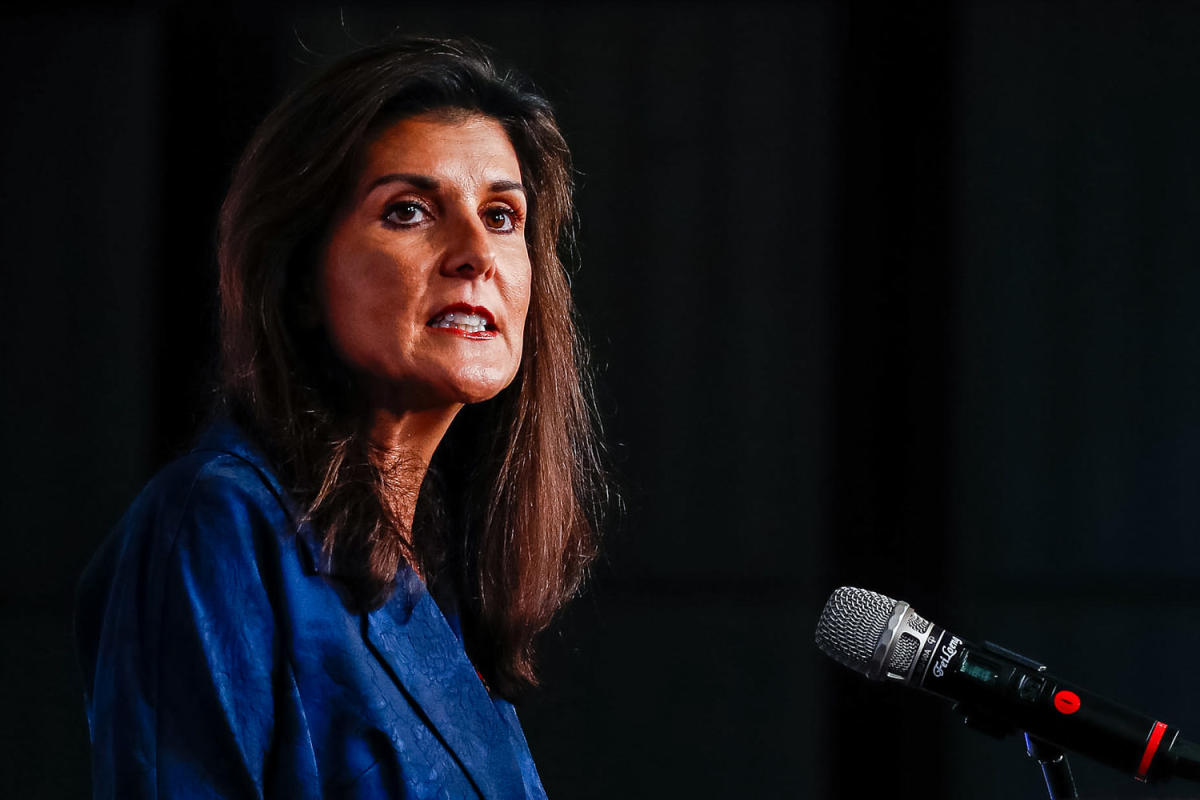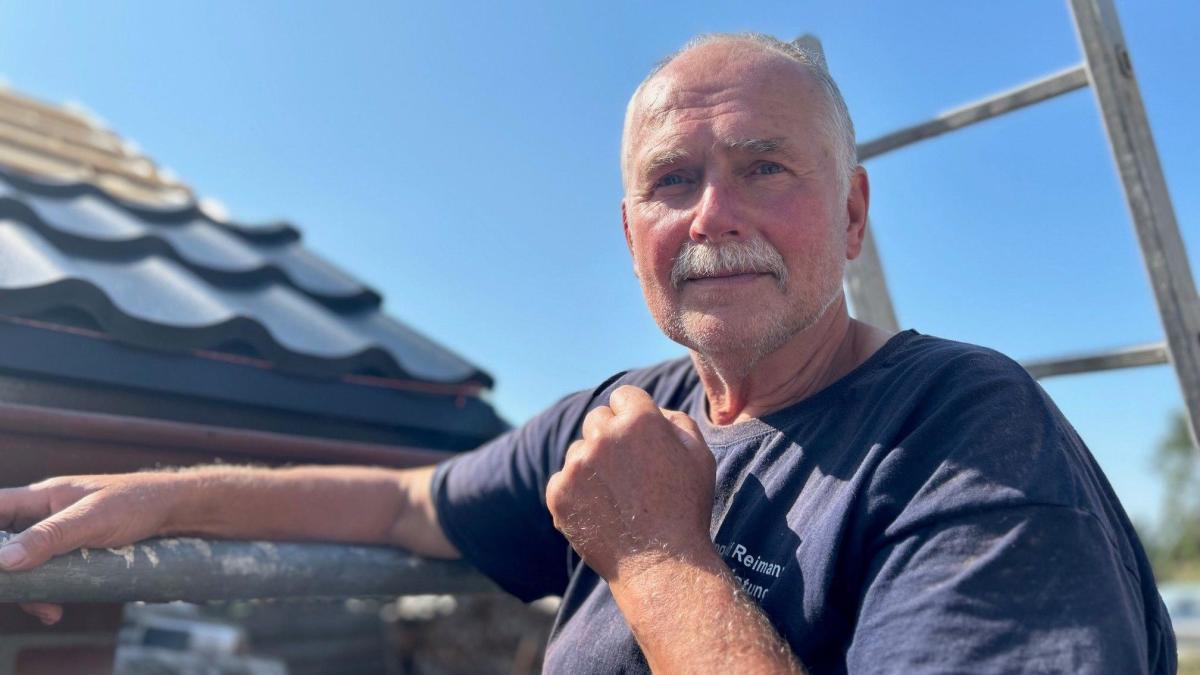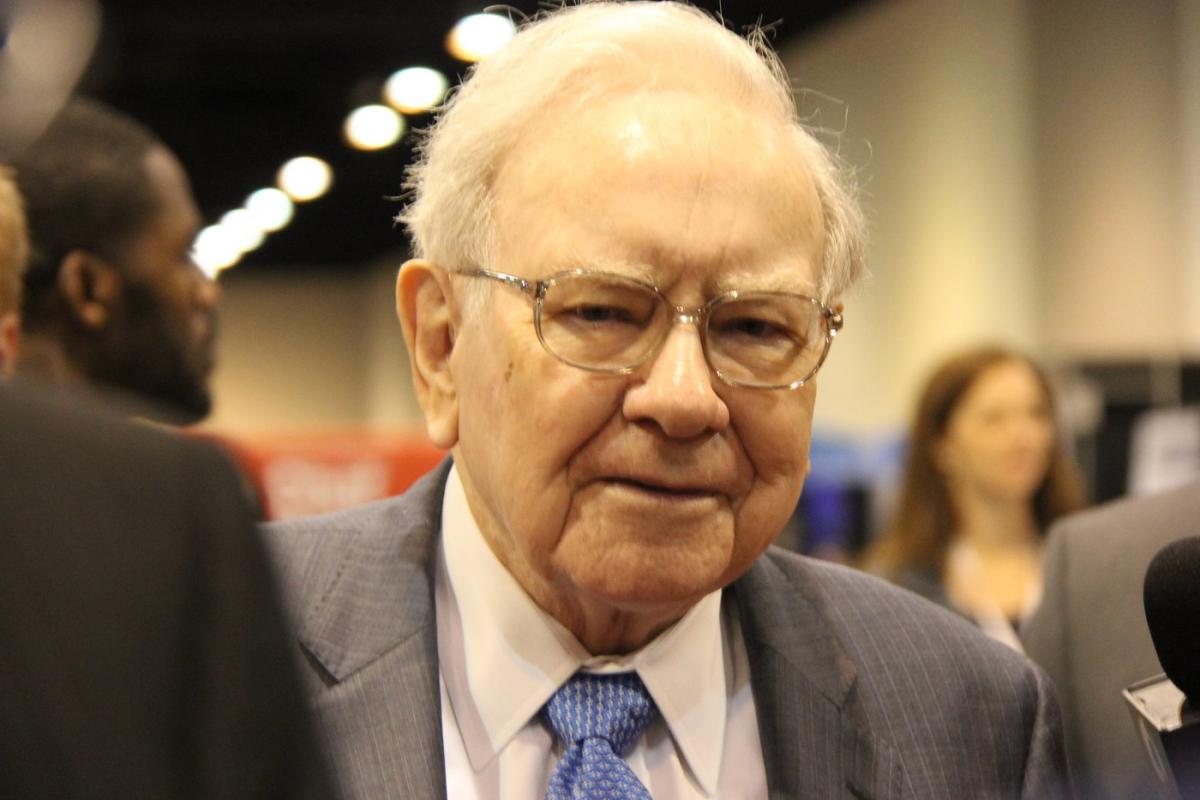WASHINGTON (AP) — Ukraine is on an “irreversible” path to NATO membership, the military alliance said Wednesday in a final agreement from its summit, advancing assurances that Ukraine will be allowed to join the Western coalition but only after its war with Russia ends.
In another boost for Ukraine, the U.S., the Netherlands and Denmark announced that the first NATO-provided F-16s were on their way to Ukraine and would be flying this summer following months of preparation. Ukrainian President Volodymyr Zelenskyy tweeted his appreciation on the effort to strengthen his air force, coming soon after Ukraine saw one of the deadliest strikes of the war.
“Ukraine’s future is in NATO,” according to the communique from NATO’s 36 members, whose leaders are meeting in Washington this week. “We will continue to support it on its irreversible path to full Euro-Atlantic integration, including NATO membership.”
The alliance welcomed Ukraine’s democratic, economic and security reforms needed to join and said it would get an invitation “when Allies agree and conditions are met.”
Earlier, NATO Secretary-General Jens Stoltenberg underlined that Ukraine will not join the alliance’s ranks immediately. But he insisted that must happen after the war is over to ensure that Russia never attacks Ukraine again.
“I strongly believe that when the fighting stops, we need to ensure that Ukraine has the capabilities to deter future aggression from Russia, and they need security guarantees,” Stoltenberg said.
Zelenskyy, fearing his country would otherwise be left to fight a stronger Russia indefinitely, has battled for at least a firm guarantee from NATO that Ukraine can join the military alliance.
The U.S. and some other countries have opposed membership for Ukraine during the conflict with Russia to avoid an escalation of tensions that could lead to a larger war. They also have stressed that Ukraine must take significant steps to address corruption as well as other systemic reforms.
Russian President Vladimir Putin has long bitterly opposed neighboring Ukraine’s fight to join the Western alliance, declaring it an encroachment on Russia’s security and interests.
“I think it’s very important to give a message to the Kremlin from here — that Ukraine’s path and bridge towards NATO membership is now irreversible,” Finnish President Alexander Stubb told reporters.
President Joe Biden, who later appeared on stage with Stoltenberg, reaffirmed U.S. support for Ukraine but also more broadly the importance of NATO. He reiterated that since he took office, the number of allies spending at least 2% of their gross domestic product on defense has increased from nine to 23 and that the number of battle groups has doubled on NATO’s eastern flank.
“We can and will defend every inch of NATO territory, and we will do it together,” Biden said.
Zelenskyy, in Washington for the NATO summit, had stressed what he called Ukraine’s urgent need for the F-16 fighter jets in a speech to friendly Republican lawmakers Tuesday night. He said his country needed more than 100 to start to counter devastating Russian air attacks on Ukraine’s cities, energy infrastructure and other vital targets. He said Russia was using 300 jets to carry out the attacks.
In a post on X, Zelenskyy thanked the three countries “for taking practical steps to achieve the goal of all Ukrainians: to strengthen the Ukrainian air force with F-16s.” The first flight-ready jets were being transferred by the Netherlands and Denmark, and the White House said they would be “flying operational” this summer.
Zelenskyy also thanked Belgium and Norway for their commitment to send more of the jets.
Six nations, including the United States, are training Ukrainians on the F-16s, but officials have not released precise numbers or all the locations.
According to a U.S. official, a small number of pilots have graduated from U.S. training at Morris Air National Guard Base in Tucson, Arizona. The U.S. has said it expects to train about a dozen by the end of the year. The official spoke on condition of anonymity to provide detail not disclosed publicly.
Zelenskyy, meanwhile, met behind closed doors with senators for nearly an hour Wednesday and requested more defense help, said Sen. Chris Coons, D-Del.
“He thanked the strong bipartisan leadership of the Senate for providing robust funding and expressed concerns on making sure we actually deliver,” Coons said.
Sen. Dan Sullivan, R-Alaska, said he met two years ago with Ukrainian pilots who requested F-16s, including one who has since been killed. Zelenskyy said no F-16s have yet arrived in Ukraine, Sullivan said.
“This is one of the patterns that is so frustrating to people like me who have been supporting these national security supplementals, and more importantly to them, which is the delay of all these weapons systems,” he said. “It is really outrageous.”
Separately Wednesday, the U.S. and Germany announced they would begin “episodic deployments” of long-range missiles to Germany in 2026, including Tomahawk, SM-6 and hypersonic missiles.
The announcement is notable because land-based firing of some of those missiles from within Europe would have been banned under the former Intermediate-Range Nuclear Forces Treaty, said Daryl Kimball, executive director of the Arms Control Association. They were banned because the conventional missiles could have been modified to be nuclear capable and their use on the European continent would have meant that potential targets would have had no time to react.
Kimball said while the deployment is likely being done to reassure allies, Russia may respond by deploying conventional or nuclear weapons of its own.
European and U.S. allies have announced other new arms deliveries, such as dozens of air defense systems, including Patriots, this week.
The promises of new weapons come after opposition from Republican lawmakers allied to former President Donald Trump blocked a U.S. support package to Ukraine for months earlier this year, allowing Russia to make battlefield gains against Ukrainian forces who were fighting with dwindling arms and ammunition.
Europeans and NATO, as a lesson from that setback, have vowed to take on more of the responsibility for ensuring a reliable flow of military support to Ukraine.
Trump, meanwhile, was asked several times on Fox News Radio as he campaigns for a second term whether he wants the U.S. to exit NATO. He answered, “No, I want them to pay their bills.”
___
Cook reported from Brussels. AP reporters Tara Copp, Aamer Madhani and Matthew Lee in Washington and Jill Colvin in New York contributed.

David Turner is a globe-trotting journalist who brings a global perspective to our readers. With a commitment to shedding light on international events, he explores complex geopolitical issues, offering a nuanced view of the world’s most pressing challenges.






